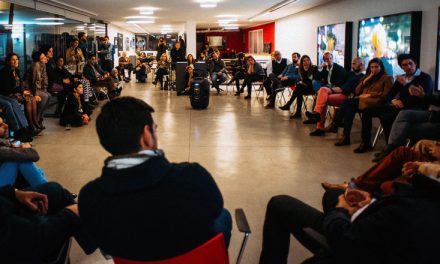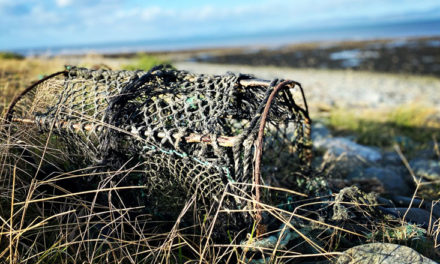Common Cry
The whakataukī (Māori proverb) for this post is: “Nā koutou i tangi, nā tatau katoa” [When you cry, your tears are shed by us all]. We are ALL in a season of lament. We are together in lament. Some may have more defined and immediate reasons to grieve. Their proximate cry rattles the silk, which reverberates through to our connection point on the worldwide web of relationships. Some reverberations may be less perceptible because of our relational distance from the grieving. Those grieving closer to us, throw us with a magnitude eight on the richter scale. In the era of always-on social media we’re geting tossed around quite a bit, but without those traditional silky relationship connections to stabilise us—it’s a wireless web, if you will. But we are not built for that. It overwhelms our ‘spidey senses’.
Many cultures around the world extrovert their grief through collective crying. It is not only cathartic, it is also relationship enhancing.
From the beginning of the global pandemic, a major theme in the online missions discussions that I have been a part of has been lament. I was taken aback when a major ministry in the UK said they were wanting to produce a series to help UK churches lament well, but didn’t really know where to look. They thought they might find some resources among more indigenous peoples but had not yet found anything. I, of course, mentioned that lament is well developed in te ao Māori (the Māori world).
The idea of ‘tangi’ is well known in New Zealand society. It’s usually understood to mean taking time off work to go away from home to join a group on a marae grieving for a dearly departed. In this sense ‘tangi’ is short for ‘tangihanga’—an extended period of customary observation of rites of passage to transition the dead from this world on to the next.
‘Tangi’ in its own right means to cry (as translated above in today’s whakataukī). Many cultures around the world extrovert their grief through collective crying. It is not only cathartic, it is also relationship enhancing. It weaves people together, body soul and spirit through a fully sensory common experience. It strengthens community solidarity. Broken relationships are healed, those new to relationships are educated with fresh understanding, those thought to be next in line to cross over (the elders) are honoured and encouraged to pass on their histories so that the living memory of ancient ways is imbibed and carried on by successive generations.
A related kupu reo (Māori language word) is mōteatea. While related to the entire process of grieving, it is also used to define a particularly traditional mode of singing or chanting. As the book of Psalms shows us, there is a powerful spiritual dimension to expressing our ‘cry’ in poetic forms. When this is done in a collective or congregational manner, it too strengthens our webs of relationship. The late Anglican theologian, Māori Marsden suggested that waiata (songs) and karakia (prayers) weave back together a universe torn apart through broken relationships. I find this a compelling understanding of the influence of Sin in the world, which exists to steal, kill, and destroy relationships—to destroy life.
The fact that collective singing draws us together is being proven by science. The Royal Society Open Science published an article back in 2015 that provides irrefutable evidence that singing can bring people together more effectively than just about any other activity. Indigenous peoples around the world know this. A missionary friend serving in Fiji observed that whenever a group gathers, if a leader pitches a note to start a song, everybody else quickly works to find their part in the musical range so that the chorus immediately swells with the harmony of the islands. Few would argue against this being a beautiful expression of unity in diversity. Each person sings with uniqueness in support of, and as an integral part of, the whole. Rarely is a strong melody easily detected or sung by everyone.
Most institutional churches in Aotearoa are melody line churches. Most missions organisations are melody line missions. Yet, most people of the world are harmony-seeking people.
I have been in churches where a Māori would dare to sing out a harmony only for it to be perceived as awkward, if not disruptive. I confess, sometimes I’ve been that Māori! Most institutional churches in Aotearoa are melody line churches. Most missions organisations are melody line missions. Yet, most people of the world are harmony-seeking people. Wanting to be accepted, to connect, to belong, to add their unique voice in to the mix, to heal and be healed through their participation—through sharing their grief and sitting with the grief of others. Not in a morbid way, but with hope; that together we can build a better future.
Because someone in my web of relationships suggested I might be willing to do it, I was commissioned to compose the song this year for the NZ Baptist Missionary Society’s annual Chrismas appeal. They wanted something with a distinct local feel, focused on praise and thanksgiving, while evoking hope in a better future while we still struggle in our pandemic present. What emerged was Whakamoemiti, a song of praise and hope, created to be sung in groups, that is anchored in a refrain of faith that cries out, “You are making all things new”.
As we #stayonmission, we go out to both declare and demonstrate that truth to a grieving world. Let that truth reverberate back out along our silk relationship lines to help settle the shaking. Not to neutralise it as if the grief isn’t significant, but to bring peace, in the knowledge that the Prince of peace is at work, making all things new..
Whakapaingia te Atua, to tatou kaiunga ki te ao whanui (May we be blessed as God sends us into the wider world),
Jay






